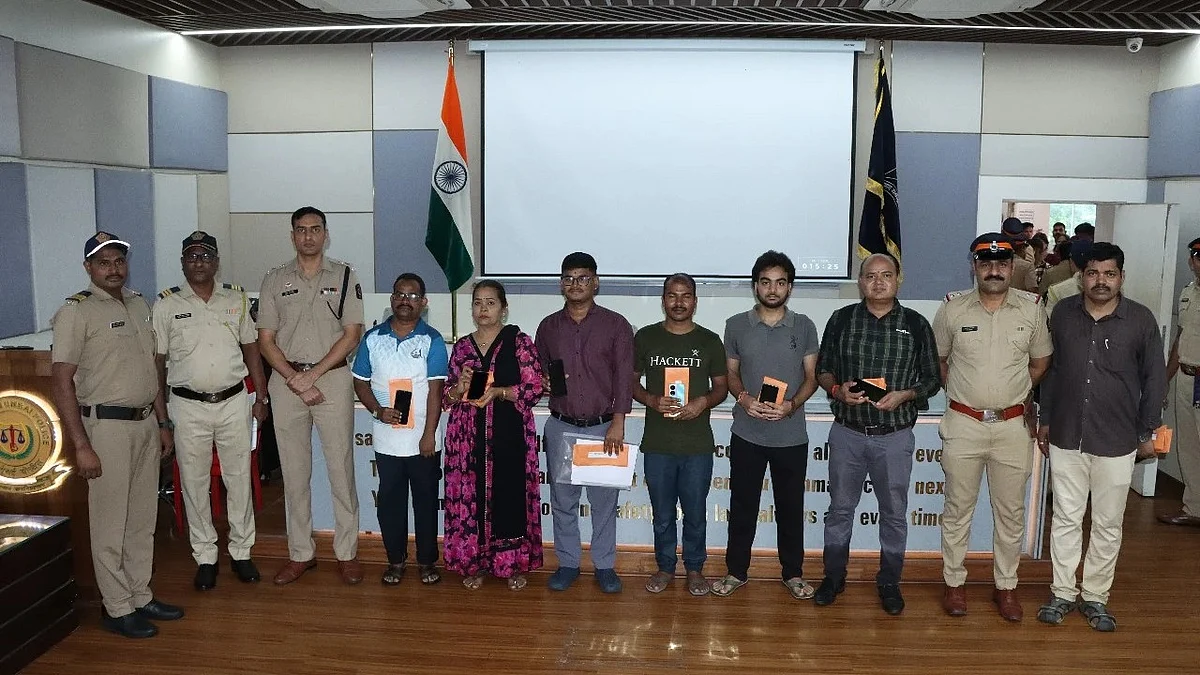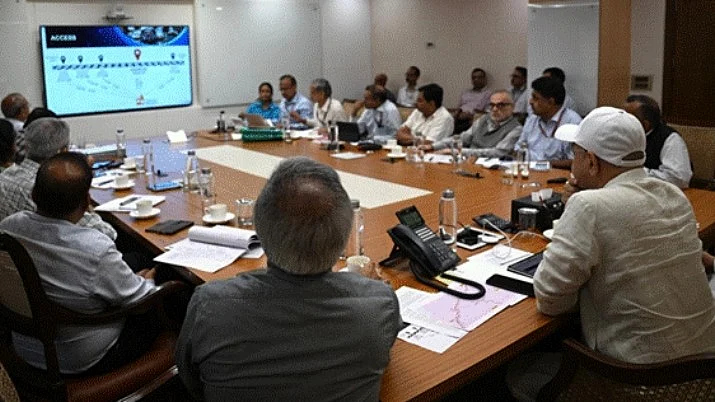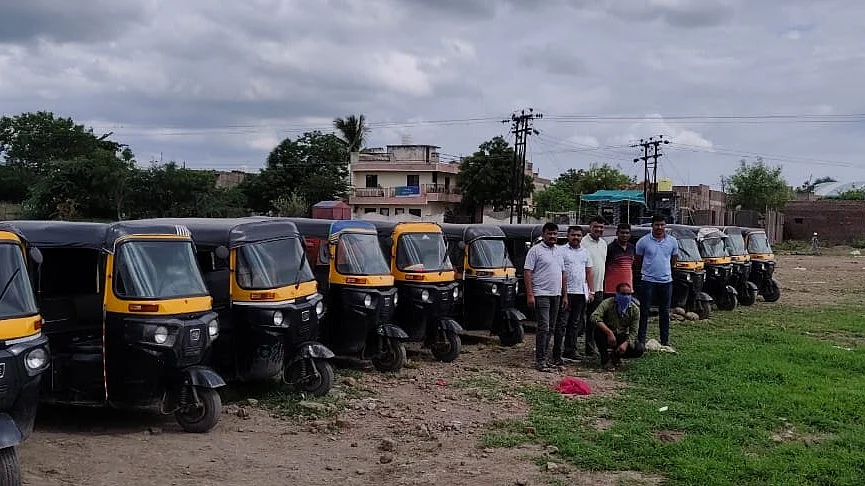While the National Wetland Atlas has listed Panje, a biodiversity-rich 289-hectare waterbody, a wetland in Uran taluka, the state government notification will be required to get a tag of it.
Environmentalists say the development will give an impetus to the fight but Panje will be a wetland only after notification in this regard is issued by the state government.
The latest "National Wetland Decadal Change Atlas" prepared by the Space Application Centre has been uploaded on the website of the Ministry of Environment, Forest and Climate Change on February 3 and it highlights the wetlands statistics in terms of diversity, current status, and changes in the last 10 years in various types of wetlands.
Environmentalists say that Panje wetland is home to over 200,000 local and migratory birds – a fact which has been ignored by the authorities.
Environmentalist Stalin Dayanand, who is also a member of the High Court-appointed committee to save mangroves and wetland says that the development is crucial in declaring Panje as a wetland.
“Since there was no presence pf Panje in the National Wetland Atlas, a few government agencies including CIDCO were denying to accept that Panje as a wetland. In fact, they say that there is not a single wetland in Uran taluka. Now, with presence in the Atlas, we can put pressure on the state government to declare Panje as wetland,” said Dayanand.
The Maharashtra Coastal Zone Management Authority (MCZMA) has already declared the area as CRZ-1 category property which requires clearances for any construction.
“This is a huge, positive development for the prolonged campaign to save the wetland and the intertidal zone which has been wrongly allotted to Navi Mumbai SEZ,” said NatConnect Foundation director B N Kumar.
“We have literally moved heaven and earth by approaching the Prime Minister, the Environment ministry and the Chief Minister of Maharashtra to save the wetland which has been continuously under threat due to landfill and blocking of tidal water flow,” he added.
“Now that the Wetland Atlas prominently mentions the Panje area, the state government must move forward and take all steps to protect it,” Kumar said in his tweet to Chief Minister Uddhav Thackeray and Environment Minister Aaditya Thackeray.
Aishwarya Shridhar, a young wildlife photographer who had made the documentary “Panje-The Last Wetland”, said this is great news as the satellite images show the biodiversity of this pristine ecosystem and declared Panje a wetland.
The Panje-Dongri wetland is located in the coastal town of Uran Taluka, in the Raigad district. It is a major bird watching site in Mumbai Metropolitan Region (MMR) and the wetland is home to around 2 lakhs migratory birds in the winter. It is also claimed that it is the last surviving wetland at Uran.
The core wetland area at Panje covers 213 hectares and consists of foraging and roosting areas of several bird species. The buffer area of 157 hectares is mangroves. Panje consists of a mix of habitats including freshwater and saline marshes, reeds, mangroves, grasslands, and scrub — making it a fine birding place.
This sluice gate blocked the natural flow of water from the sea to Panje’s shallow water bodies, rendering what was once a living estuarine area into a dry wasteland.







